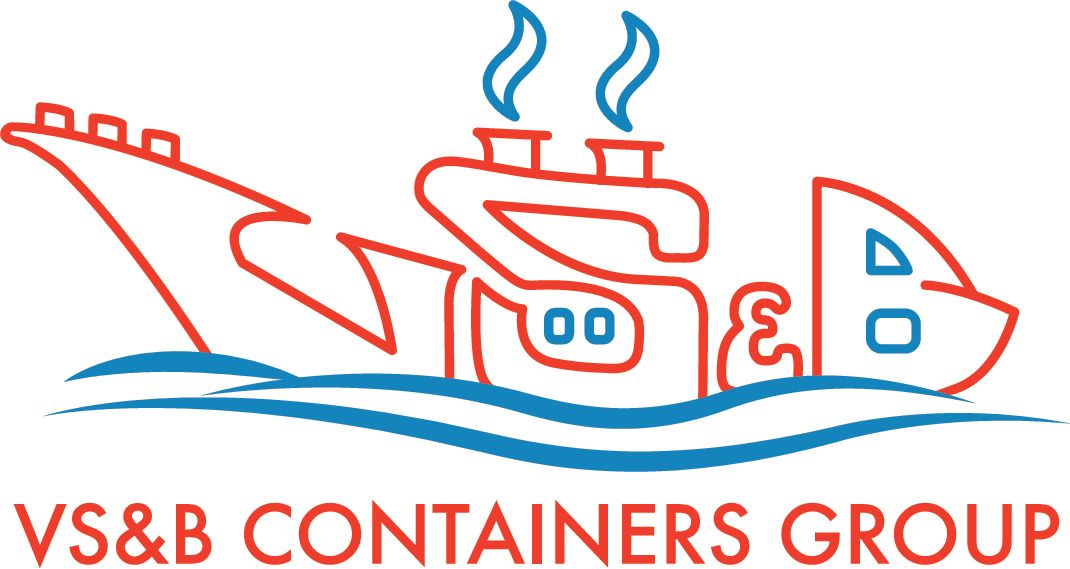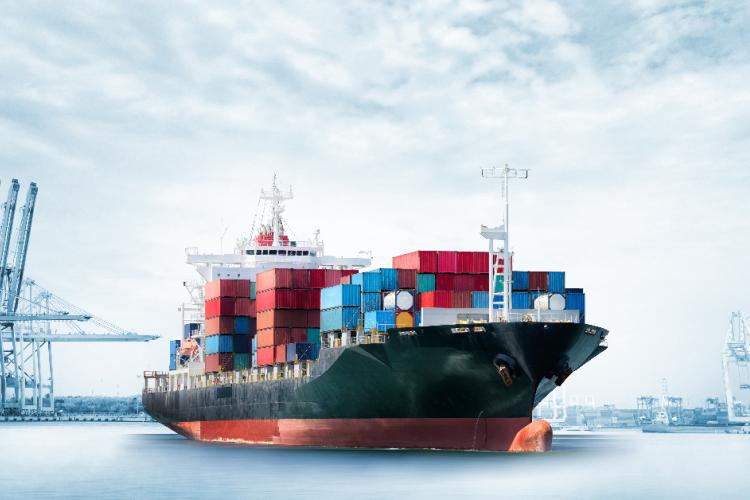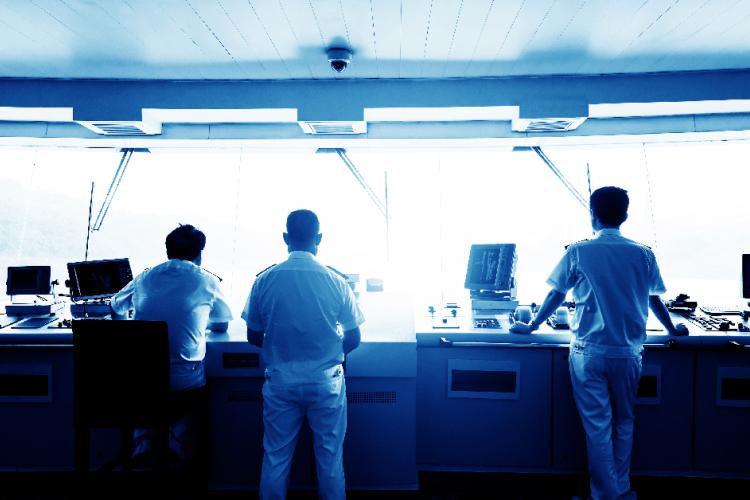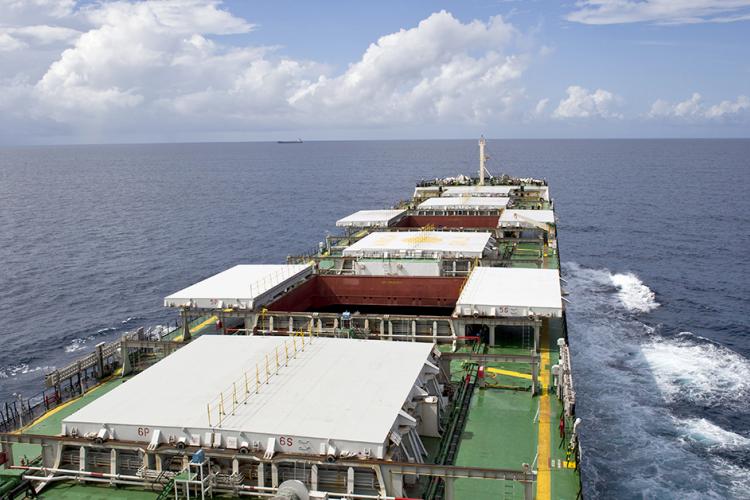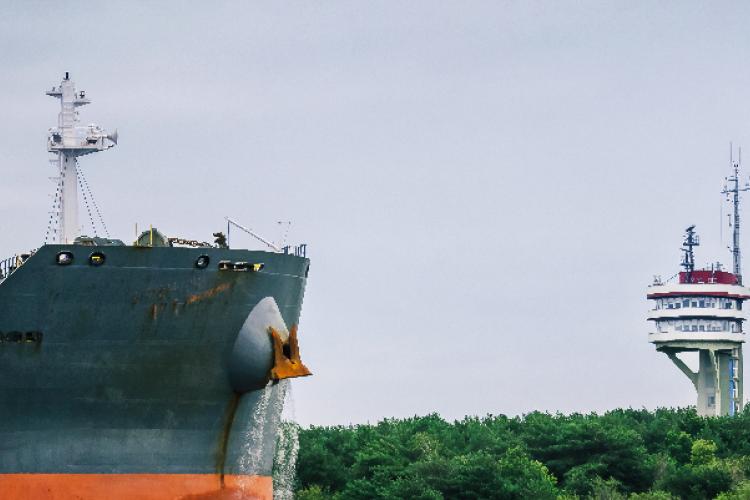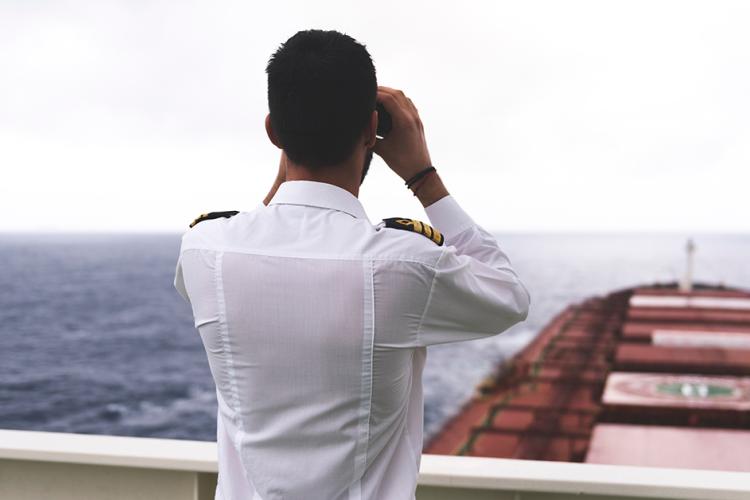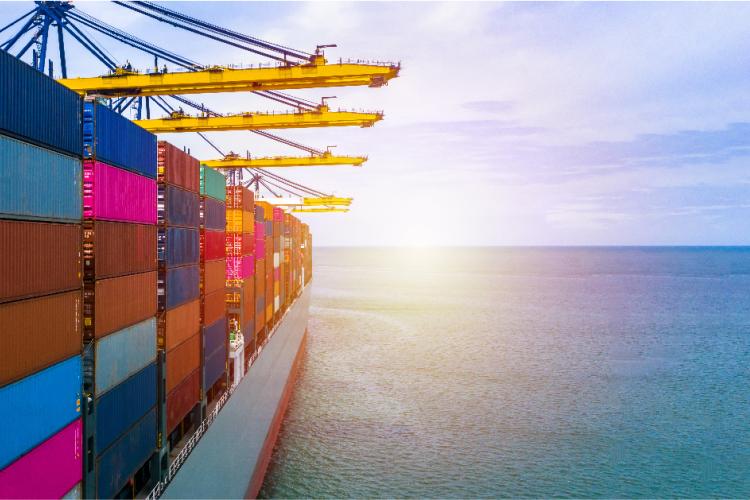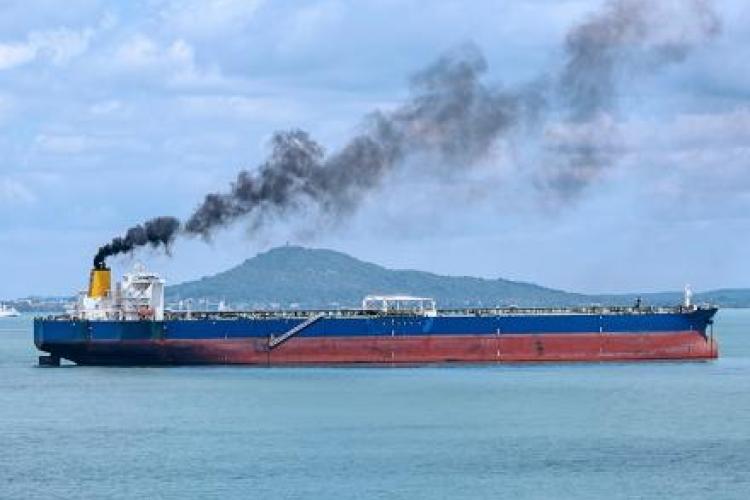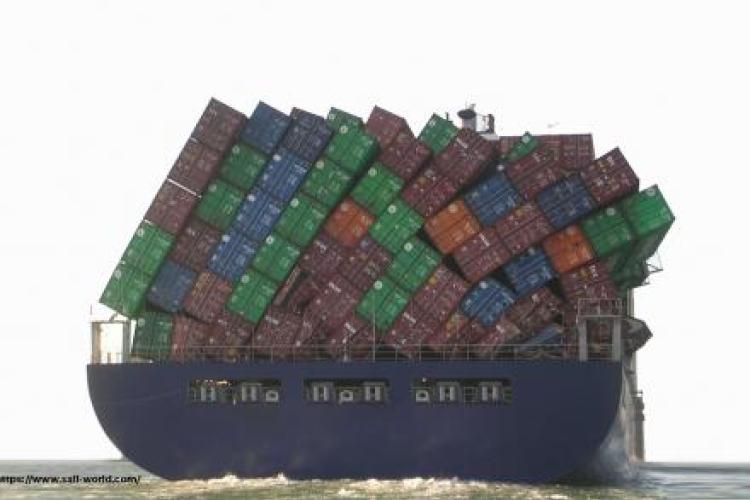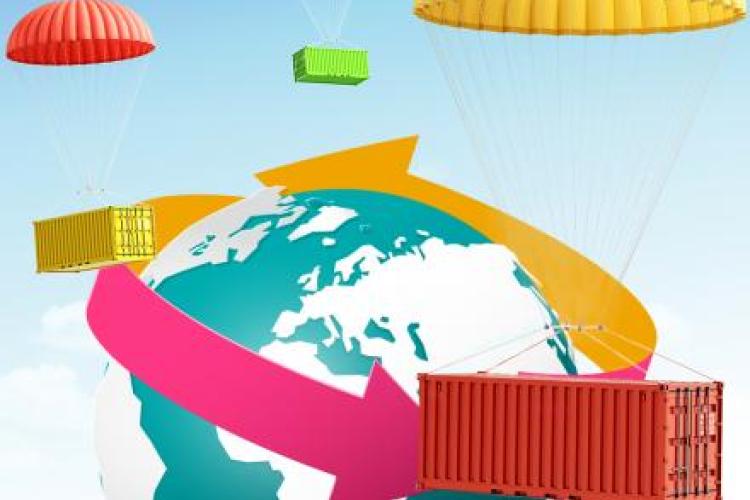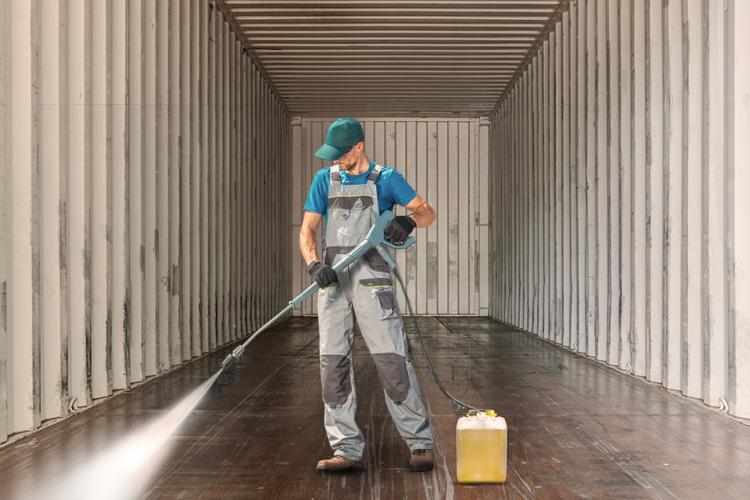Operational discharges from sea-going vessels are one source of oil spills in the oceans. Indiscriminate release of waste oil and water without complying with the required regulations is the principal cause of this form of environmental pollution in the seas.
19 July 2021
The International Chamber of Shipping estimates that there are approximately 1.6 million seafarers serving in merchant ships. The IMO stated that international travel restrictions imposed by the continuing Covid-19 pandemic affected countless seafarers who, even after the expiry of their current contracts, cannot leave their ships to fly back home, while many others are not able to renew their job contracts to start a new voyage. It would not be an overstatement to say that seafarers are the unsung heroes of the Covid-19 pandemic the world is passing through.
7 July 2021
Every year, insurance companies spend significant sums of money to settle wet-cargo damage claims from shippers. Water-entry into the cargo hold of ships and the resultant damage is one of the main causes. The right application of weather-tight steel covers, known as “Hatch Covers” plays a critical role in the protection of cargo from the ingress of water.
30 June 2021
A “Vessel Traffic Service” (VTS) is a shore-based marine traffic management system implemented by a competent authority to monitor vessels in real-time to enable the safe and smooth management of traffic in a specified maritime area. It performs tasks similar to air traffic control systems for aircraft. VTS checks the position of vessels and detects situations that pose danger to the vessel crew and the environment. VTS aims to improve the safety of navigation in and around the ports and its approaches. It is governed by SOLAS (Safety of Life at Sea) Chapter V Regulation 12 along with the guidelines for Vessel Traffic Services, and came into force on 1 July 2002.
30 June 2021
An Officer on Watch (OOW) is a deck officer delegated the job of watch-keeping and navigation from a ship’s “bridge”. Situated at the top of a vessel is the ‘bridge’ which is also known as the Command Centre, and from where all communication is transmitted and received. While keeping a watch from the bridge, the Officer on Watch functions as a representative of the ship’s master and is accountable for the safe navigation of the ship.
18 June 2021
The shipping industry, which is the mainstay of world trade and commerce, is no exception to the new trends happening in the world. They are at the forefront of adopting state-of-the-art technologies and resources to stay competitive and meet the demands of a flourishing consumer class population which is benefitting enormously from globalization. International shipping has helped open up the world economy, enabling the unrestricted movement and exchange of commodities among nations. It’s a gigantic and complex industry ever under pressure to exploit the new digital technologies, raw materials and fuels.
25 May 2021
Let’s begin by figuring out the magnitude of atmospheric pollution caused by the maritime industry from an example. Barely 15 large mega-ships account for an equivalent amount of pollution as caused by 760 million cars in the world. Today, shipping is the sixth biggest contributor of emissions and accounts for 2.5% of global greenhouse gases. It is estimated that the maritime industry emits approximately 940 million tons of carbon dioxide annually.
15 May 2021
According to the World Shipping Council, between 2008 and 2019, an average of 1382 containers was lost at sea each year. This adds up to a staggering 16,584 containers lost during the period.
7 May 2021
Every year, moving empty containers costs the shipping industry in excess of 20 billion dollars, according to Boston Consulting Group. This equates to 12% of the shipping industry’s operating costs.
29 April 2021
Shipping Containers pass through varied climatic conditions & environments and are subject to severe weather on the seas and ports. They come in contact with harmful pathogens like mold, bacteria and viruses together with pollen, liquids and other dangerous material.
